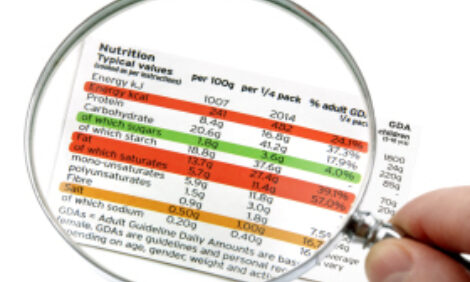



IPPE: US Consumers Struggle with Rising Meat, Poultry Prices
US - The US meat sector is being hit not only by rising prices and the effects of the recent drought, but also the effect of rising prices against flat consumer incomes, writes Chris Harris.Both the pig sector and the cattle sector have been hit hard over the last year and it is predicted that the cattle numbers will be down by another 1.5 per cent this year following sharp drops to record lows in 2012, John Anderson from the American Farm Bureau told the IPPE conference in Atlanta, Georgia.
However, while the pig and cattle herd numbers have been dropping in recent years, the US farm sector has compensated to some degree by increasing in efficiency.
The major influence on the livestock sector has been the rising input costs - particularly feed prices.
And while broiler production grew over the years from the 1970 through to the early 2000s, in recent years production has flattened out.
For the poultry sector, the reason for the slowdown in production has not only been because of the higher fed costs, but also because of the slowdown in the export market to Russia, Mr Andersen said.
"Since 2007 and 2008 there has been a noticeable slowdown in the production of broilers and pigs and certainly in beef," he said.
"And it is all because of higher production costs.
"With a tighter supply you also end up with higher prices."
Mr Andersen said that it has taken a little while for higher prices to reach the consumer, but the consumer prices have risen considerably last year, particularly in the beef sector.
He added that pork prices reached their highest to the consumer in 2011 and they have stayed high.
Since 2008 pork and beef consumer prices have risen by 20 per cent in the US and broiler prices have risen by 15 per cent.
But the rise in prices has also coincided with personal disposable incomes remaining flat.
"Prices have also outpaced growth in income and this has had important implications on the sector," Mr Anderson said.
He said that consumers are having to find ways to economise, but while the sector has to have higher prices to cover the cost of production, there is going to come a time when consumers will not be able to cope with the prices.
This has started to produce a significant drop in consumption.
However, the livestock sector has been buoyed by a strong export market, particularly in pork.
But, Mr Anderson said, this means the US consumers are consistently being out bid by foreign buyers for the product.
"We have seen record retail prices, but these have been met with consumer resistance and the higher prices have exacerbated the problems of a stagnant income for the consumers," he said.
The current trends appear to indicate a further decline in meat consumption in the US and a significant loss of market share largely due to the droughts.
For the first time, the US could see pork consumption this year exceed beef consumption, Mr Anderson told the IPPE seminar.
The drop in consumption in the US has come at a time when globally the prospects for the meat industry are good with meat generally consumption rising.
However, the continued high feed costs are undermining the competitive advantage that the US has help in supplying the growing international market.
Mr Anderson said that much will depend on the corn crop this year. Last year high plantings and good yields were expected, but did not appear. This year if plantings and yields are good, the situation could turn around as feed prices could stabilise and fall.
"The situation could change dramatically," Mr Anderson said.









